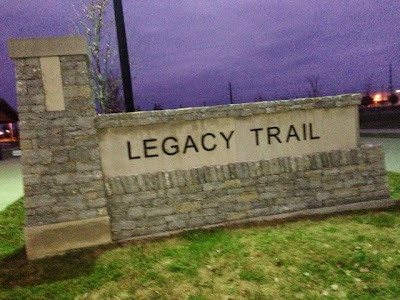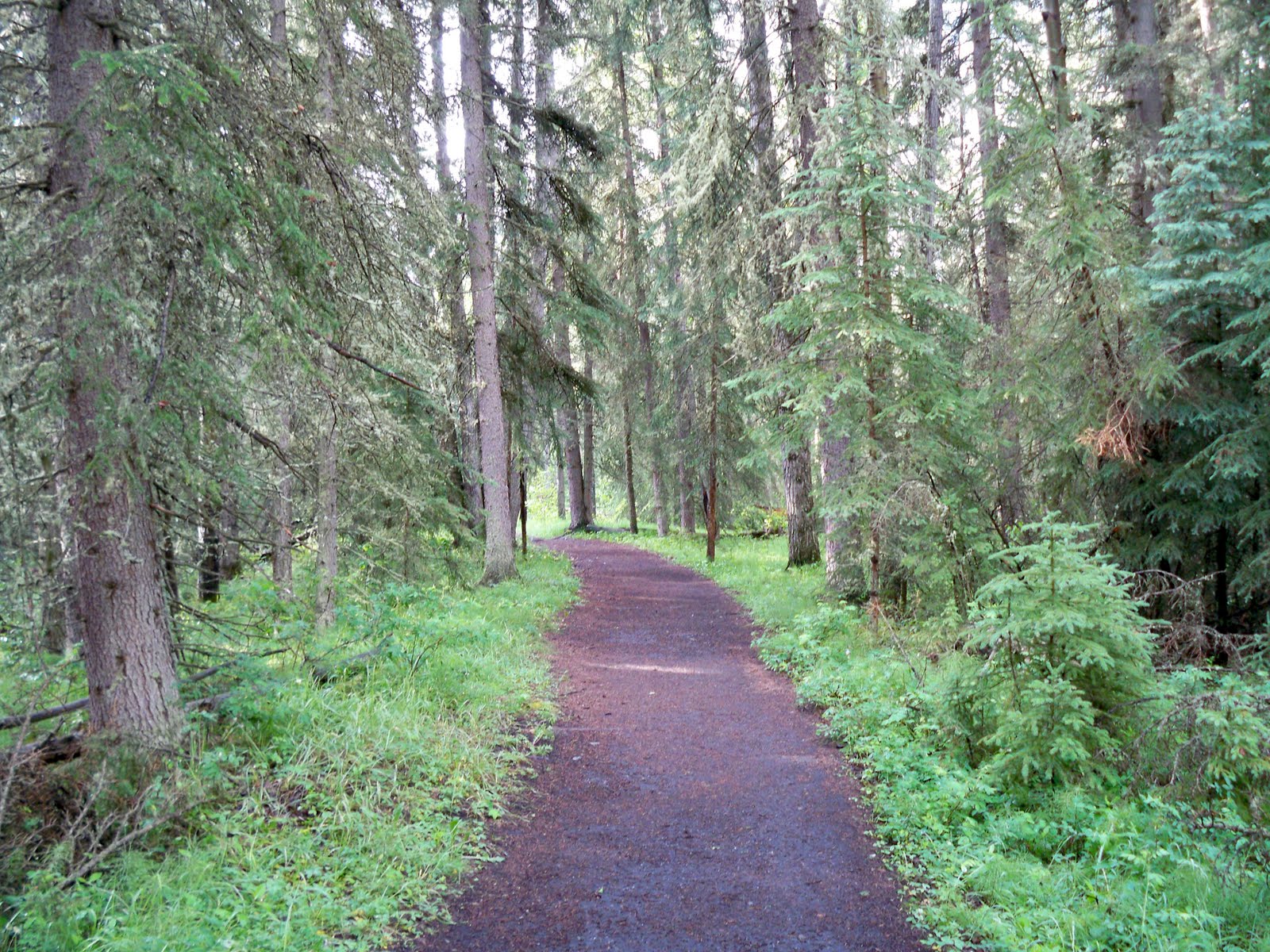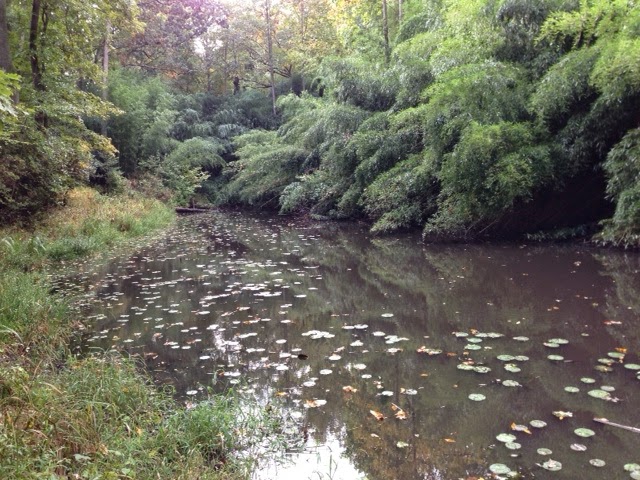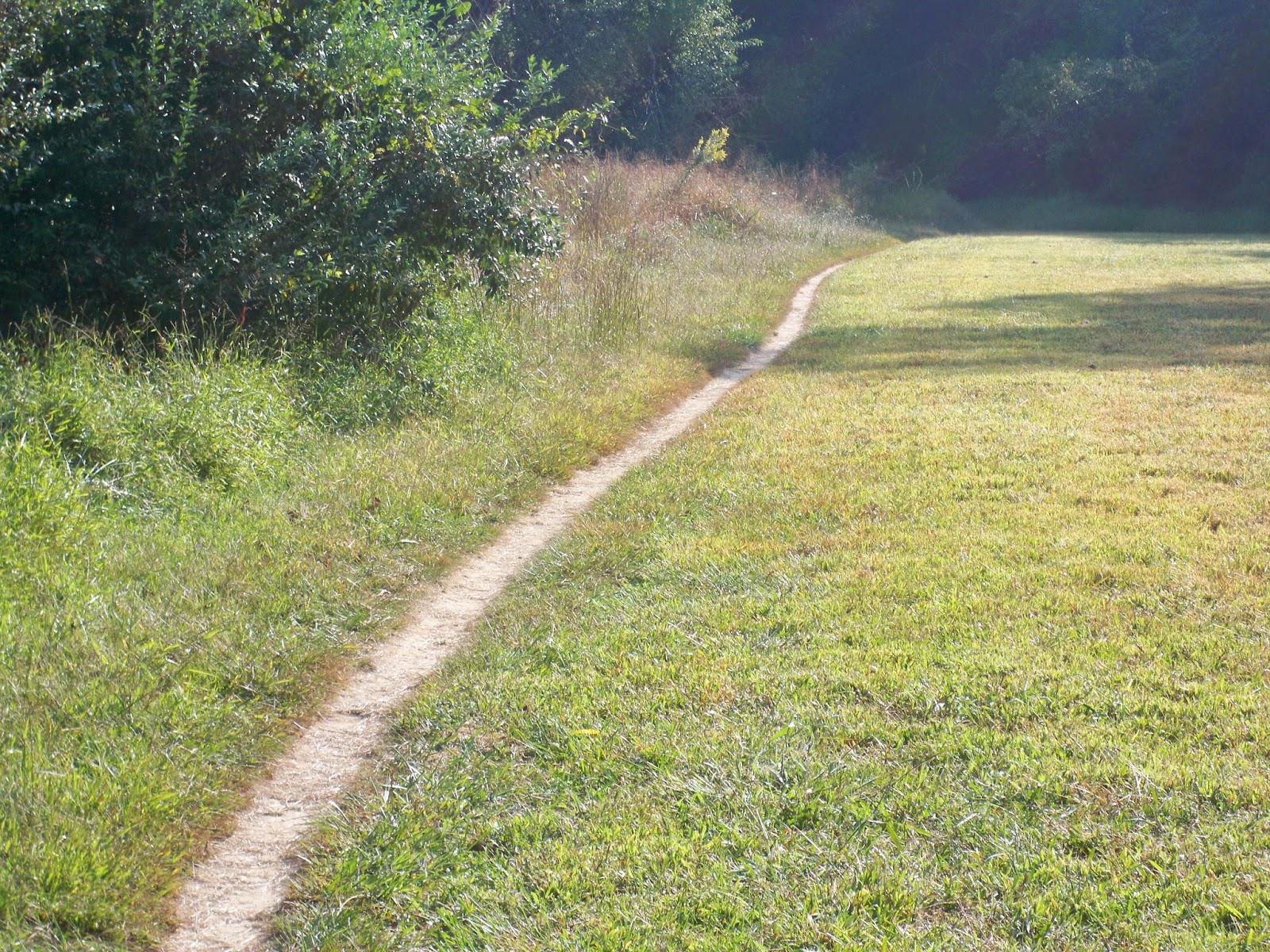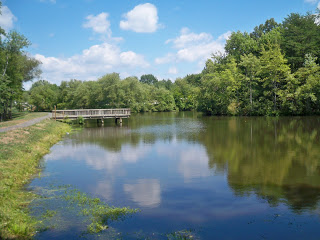I’ve been reading about the 16th-century writer Montaigne, who invented the essay, from the French essayer, to try. The idea of “writing about oneself to create a mirror in which other people recognize their own humanity has not existed forever,” says Sarah Bakewell in her book How to Live or A Life of Montaigne: In One Question and Twenty Attempts at an Answer. “It had to be invented. And, unlike many cultural inventions, it can be traced to a single person: Michel Eyquem de Montaigne.”
“Unlike most memoirists of his day,” Bakewell writes, “he did not write to record his own great deeds and achievements. Nor did he lay down a straight eyewitness account of historical events.” Instead, he used ordinary topics — friendship, names, smells, thumbs, wearing clothes — as a way to explore the question “How to live?”
Here are some of his answers, according to Bakewell: Pay attention; read a lot; wake from the sleep of habit; see the world; reflect on everything and regret nothing and, finally, let life be its own answer.
I’ve been taking notes, as I often do, and there are many passages I’ve recorded to reflect on later. Here’s one of my favorites:
Montaigne did not brood in his tower, Bakewell writes. “He liked to be out walking. ‘My thoughts fall asleep if I make them sit down. My mind will not budge unless my legs move it.'”
Every hike, saunter, amble, walk and run I take tells me he’s onto something there.
